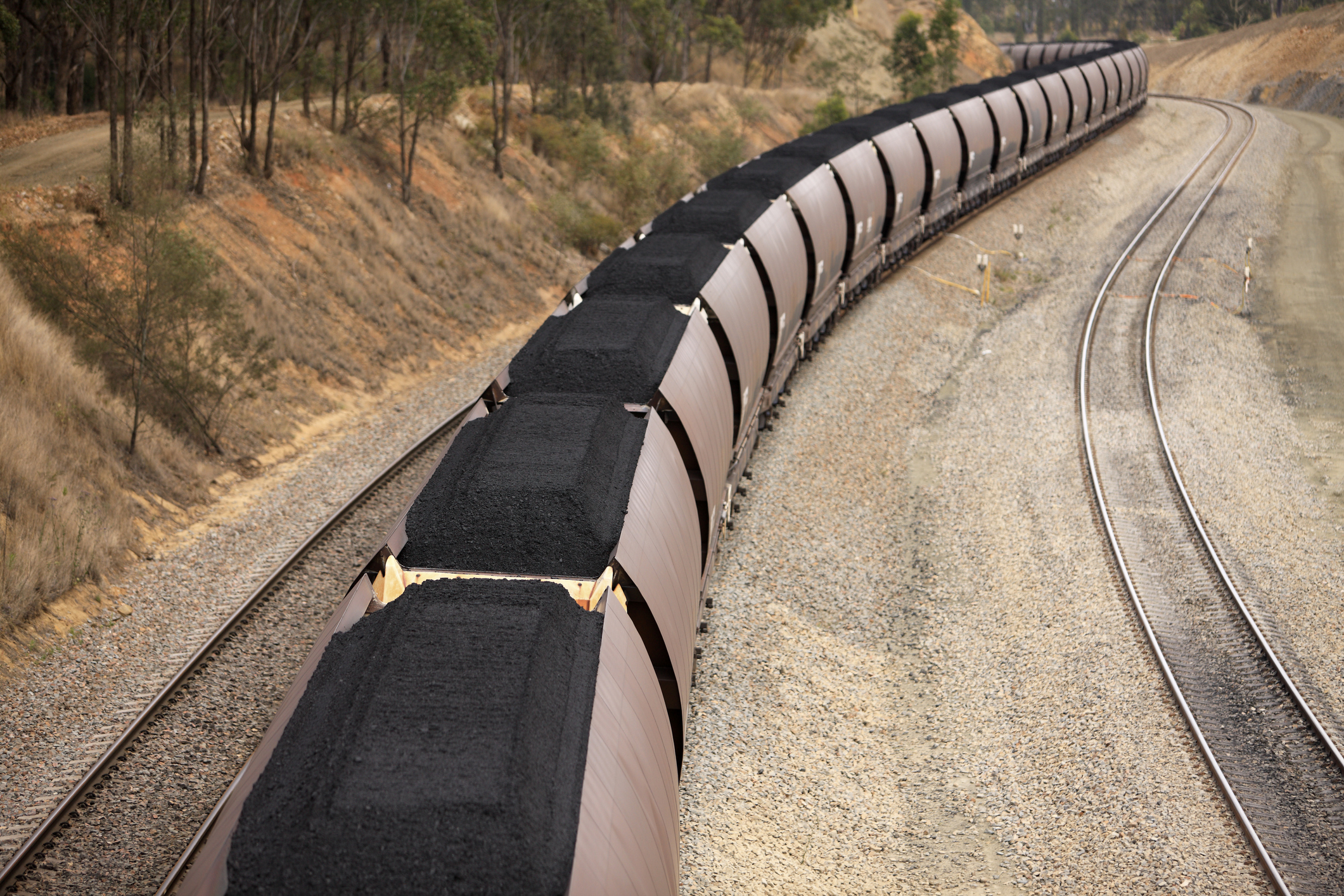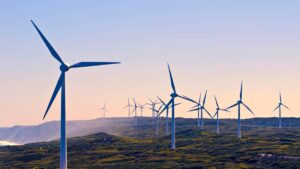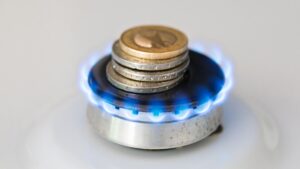Coal is still king for Glencore but low carbon future beckons

Coal is still important to Glencore as it looks to a low carbon future. Pic: Getty Images
- Glencore, a leading producer of coal, is re-shaping its business for a low carbon emissions future
- Will reinvest cash from coal business to grow base metals as the world seeks to electrify: Hayward
- Australian coal companies have been struggling with falling coal prices, and a slow market recovery
Mining giant Glencore is sticking with mining and shipping coal despite reported comments by its chairman Tony Hayward that its coal business is in a state of ‘managed decline’.
Speaking at a video-linked industry event this week, Hayward said the company was overseeing a managed decline of its coal division, which represented roughly 25 per cent of its business.
“We are not going to sell our coal assets, but will reinvest cash coming out of the coal business to grow the base metals business to meet what we believe will be very significant new demand in those metals over the next 10 or 25 years as the world seeks to electrify,” Hayward was reported as saying in an S&P Global Platts article.
Hayward was speaking about Glencore’s coal business in the context of its commitments to reduce its Scope 3 carbon emissions in line with the Paris Climate Accord, said Glencore in a company statement.
“We expect the depletion of our coal resource base in Colombia, and to a lesser extent, South Africa and Australia to contribute to this reduction,” said Glencore.
“Our Australian operations are expected to maintain a longer and flatter production profile and will continue to produce high quality coal, which will be required to meet expected levels of global steel production and energy demand in Asia,” it added.
Glencore’s base metals and minerals assets including cobalt, copper and nickel mines generate about 75 per cent of business revenue for the company.
Some Glencore customers, like China, have stated it is their intention to reduce their use of carbon intensive fuels like coal.
Glencore targeting 30 per cent reduction in carbon emissions
Scope 3 greenhouse gas emissions arise from the sale and consumption of Glencore products including carbon-intensive coal used in steel plants and for power generation.
“We forecast a 30 per cent reduction in these emissions by 2035, which includes the natural depletion of our oil and coal resource base over time,” Glencore chief executive Ivan Glasenberg said in the company’s half-year report in August.
The company is on track to reduce its direct and indirect greenhouse gas emissions by 5 per cent from 2016 levels.
Starting this year, Glencore will provide progress reports on efforts it is taking to reduce carbon emissions from its business along all parts of its value chain.
“To meet the growing needs of a lower carbon economy, Glencore aims to prioritise its capital investment to grow production of commodities essential to the energy and mobility transition and to limit its coal production capacity broadly to current levels,” the company said in a February 2019 statement.
The statement effectively means its coal business cannot expand beyond a total production of 150 million tonnes per year, as that was the level of its production at the time of last February’s announcement.
Any new mines, production expansions or mine acquisitions have to be undertaken within Glencore’s production cap, possibly leading to impacts on its existing assets on a like-for-like basis.
Although with Glencore’s production falling, it has ample room to meet these criteria.
“We will continue to consider acquisitions, divestments, expansions and projects against our investment criteria, our stated commitments and within our coal production cap,” said Glencore in response to Stockhead‘s questions.
Australian assets the largest part of Glencore’s coal business
Nevertheless, Hayward’s comments raise a number of questions about the future shape of Glencore’s coal business which is already shrinking in size.
After its announcement last February about capping its coal production, Glencore’s output is forecast this year to be in the lower range of 111 million to 117 million tonnes.
Glencore said in August this year it was adjusting its production profile for coal in Australia, with a number of temporary site and equipment shutdowns because of flagging export demand.
“These measures will enable us to align our production levels with market demand, while providing the flexibility to ramp back up as economies recover from the effects of COVID-19,” the company said in a statement at the time.
Many coal companies, including ASX-listed entities, are struggling in a market of low coal prices.
A key indicator of the direction of Glencore’s coal business will come when the company makes an investment decision on its Valeria coal project in Queensland’s Bowen Basin.
Valeria will replace its Clermont mine when it reaches the end of its life, possibly around 2026, and is currently going through Queensland approvals processes.
The Valeria project is for an open-cut mine that will produce up to 20 million tonnes per year of thermal and metallurgical coal.
“Our Australian coal operations will continue to produce the high-quality coal required to meet expected levels of global steel production and energy demand in Asia,” Ian Cribb, chief operating officer for Glencore’s Australian coal assets, said.
Glencore operates 17 coal mining operations in New South Wales and Queensland that employ 9,500 people.
Related Topics
UNLOCK INSIGHTS
Discover the untold stories of emerging ASX stocks.
Daily news and expert analysis, it's free to subscribe.
By proceeding, you confirm you understand that we handle personal information in accordance with our Privacy Policy.








